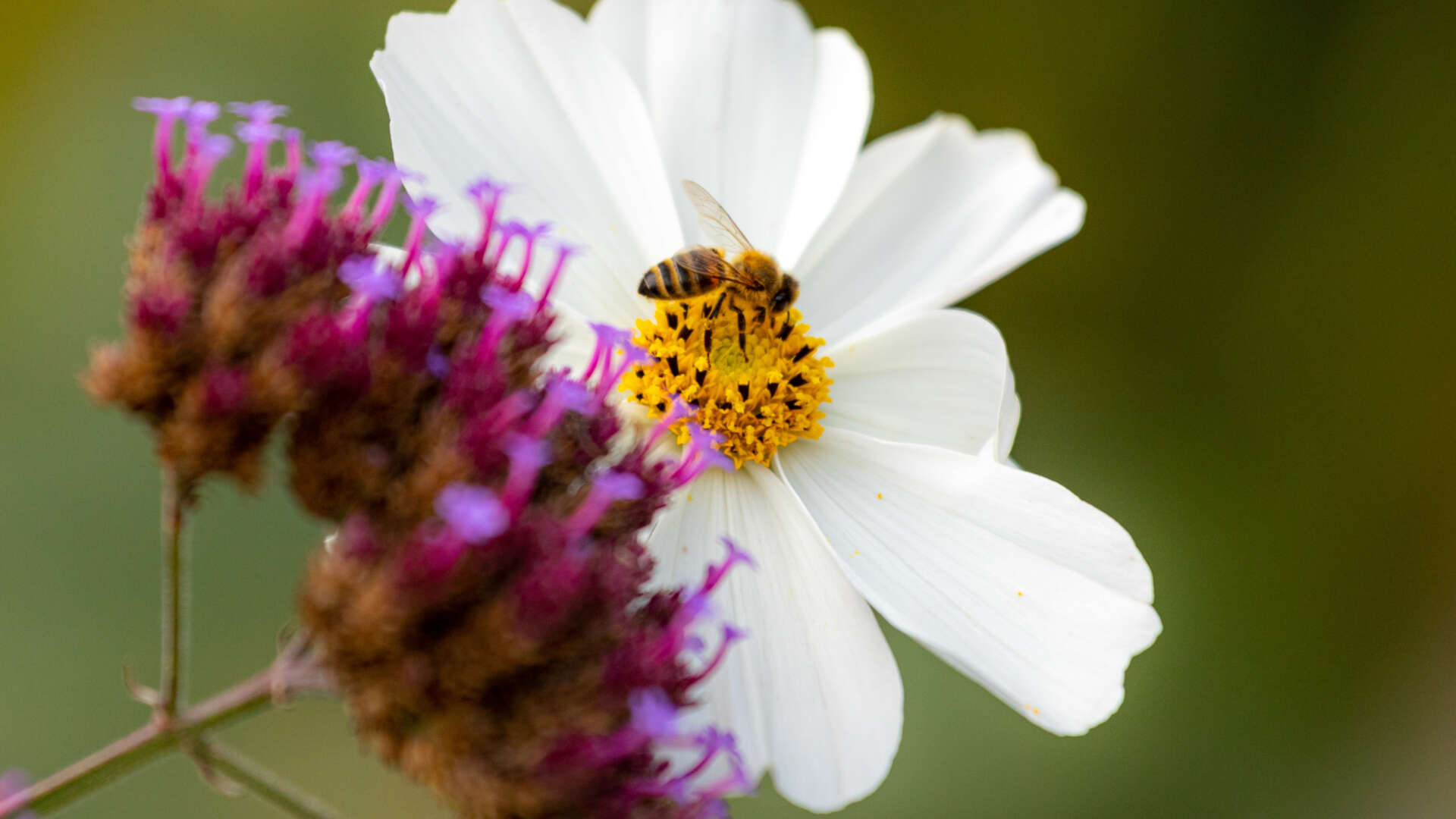Preparing your organic garden for winter

Here are a few jobs you need to be doing. From storing your harvest to winter planting, taking care of your precious soil, and 3 easy steps to keeping your growing area full of winter health.
Why not grab a cuppa, and get going!
Storing harvest
- Select the best. Anything that has broken skin or shows any sign of pest or disease damage should not be stored. Cook or freeze the good bits instead.
- Storage conditions. Fruit and veg in storage are still alive, so make sure they are frost-free, safe from pests and at a constant temperature. A garden shed or garage is good but may need extra insulation in severe weather. Try also an unheated spare room.
- Check regularly - preferably weekly. Apples and other fruit should not be touching. Remove anything showing signs of decay to prevent rot from spreading. The unblemished parts can still be eaten.
Helpful information on storing individual vegetables and fruits see here.
Winter planting
- It’s not too late to plant winter veg. In the South, you have until mid-November get your onions, garlic and broad beans into the soil. Further north, you need to get cracking earlier.
- Winter seed sowing. Yes, you can sow in winter! Salad leaves, spinach, brassicas can all be sown indoors or undercover – keeping you in healthy greens throughout the cold months. Try raiding the store cupboard, to sprout beans, lentils and organic seeds for micro shoots and greens.
- Fruit trees. Plant new fruit trees and bushes. Choose ‘bare root’ plants, ideally from an organic nursery. The soil is still warm, so plants will be able to start developing a good root system before winter.
- Replant herbaceous perennials. Dig up, divide and replant your favourite flowering plants.
A healthy winter garden
Organic growers share their space with wildlife. Creatures great and small need to get through the cold months, so give them a hand.
- Don’t be too tidy. Put off tidying up your garden until spring. This will help to provide beneficial insects with safe hibernation sites. Tussocky grass, hollow stems, leaf piles all provide homes for ladybirds, ground beetles and lacewings.
- Spiders lay eggs under rocks, in corners of greenhouses, or under plant debris. Don’t disturb them. Next year the babies will emerge and feed on pest insects.
- Earwigs are important predators, especially for fruit tree pests. Females guard their eggs overwinter in crevices in walls or under stones.
- When vegetation has died down, frosts or persistent rain strike, then start feeding the birds.
- Create a pond. No matter how small, a water body will attract a variety of wildlife next Spring, from slug eating frogs and newts to dramatic dragonflies and crazy water beetles.
The 1,2,3, of keeping the growing area healthy
Herbs
- Clear away and compost dying foliage and stems.
- Dig up and destroy mint plants affected by rust. Replace next year with new, clean plants.
- Pot up some chives to keep them growing a bit longer. They can sometimes produce growth throughout the winter in a cold greenhouse
Fruit
- Pick every last fruit. Fruit hanging on trees over winter is one of the main sources of brown rot infection in the spring.
- Put apple and pear windfalls onto the compost heap.
- Prune out canker-infected branches and twigs on apples and pears. Disinfect tools afterwards. But don't prune cherries, plums and peaches and apricots. Wait until Spring when the sap is moving and wounds heal rapidly.
Flowers
- Save seed from plants as the heads appear.
- Mulch soil as plants die back and large areas of bare soil appear. See below in the Precious Soil section for mulch ideas.
- Remove all black-spot infected leaves from roses, and from the ground surrounding them. Prune out stems showing black spot. Don't put this infected material in your own compost heap, use a local council green waste bin.
Greenhouse
- Clean the greenhouse to remove overwintering pests. Remember to wash under the staging as well as the top surfaces. Leave spiders where possible; they are excellent predators.
- Wash out pots and trays. Good hygiene will reduce pest/disease problems.
- Before bringing plants in, check them for pests. Cut out any rolled/folded leaves and trim back top growth. Scrape off top 2 cm of potting compost and top up with grit. Next spring, as growth starts, remove grit and replace with clean potting compost.
And finally,
Look after your precious soil
Large areas of bare soil start to appear in all parts of the garden. If leftover winter, the soil will lose nutrients. Use organic mulches to protect it and give a good structure for next year's growing season. Best mulches are a thick layer of:
- Autumn leaves, wetted so that they don’t blow away
- Straw, grass clippings and autumn leaves mixed together
- Cutback plants such as sweet peas, peas or runner beans, chopped up
- Several sheets of newspaper or cardboard, covered with damp grass clippings to weigh it all down
- Don't put compost down now, many of its nutrients could be washed away over winter. Use it in Spring before the growing season.
Enjoy your autumn tasks! It’s been a great growing year – everything you do now gets you ready for the next one.